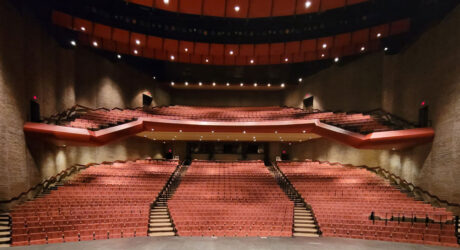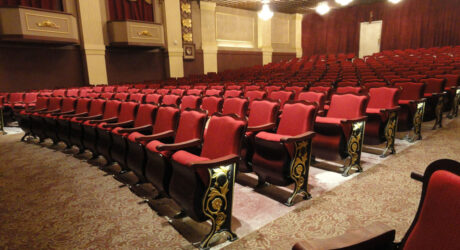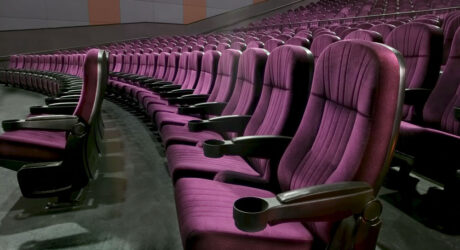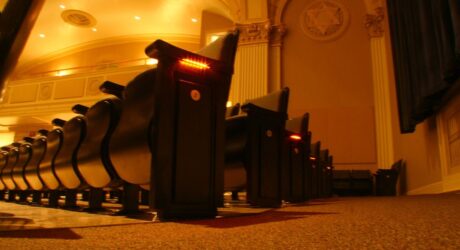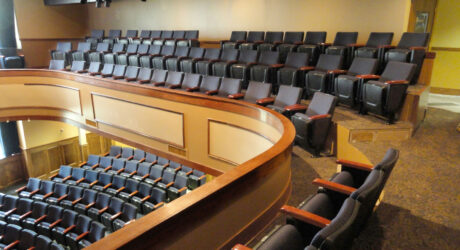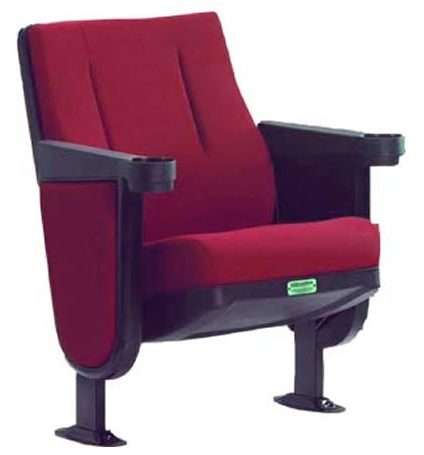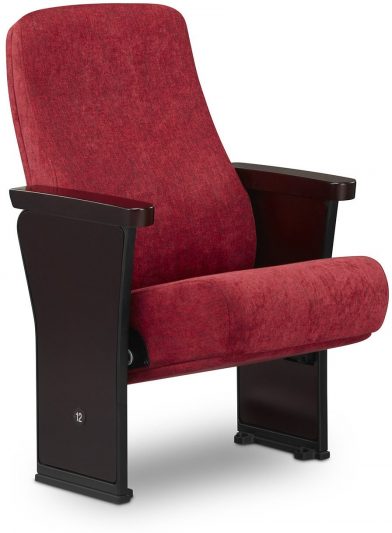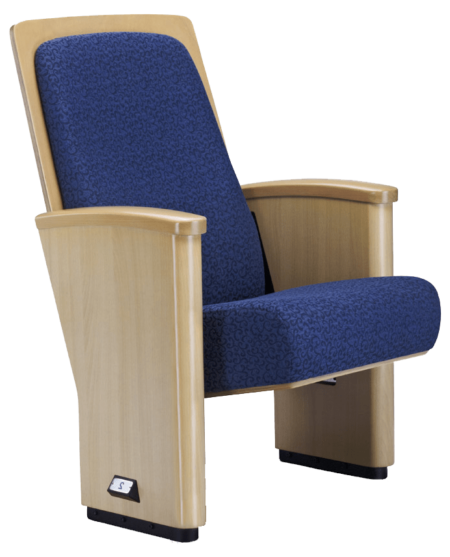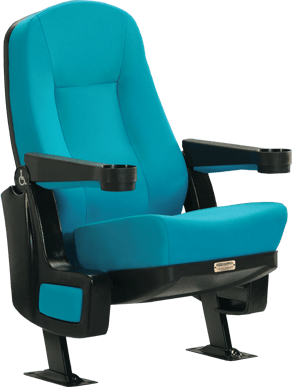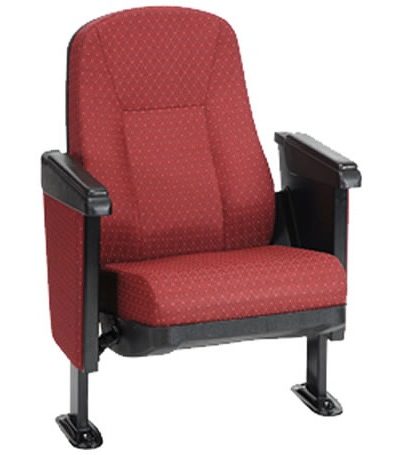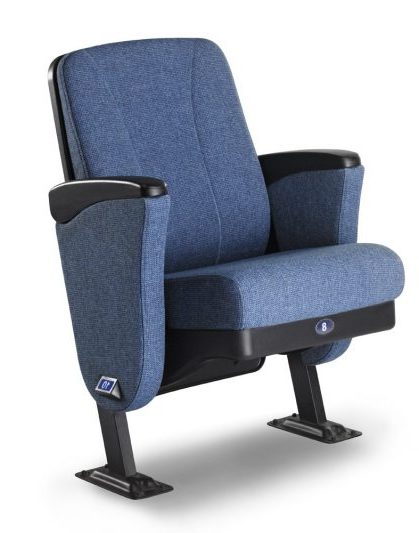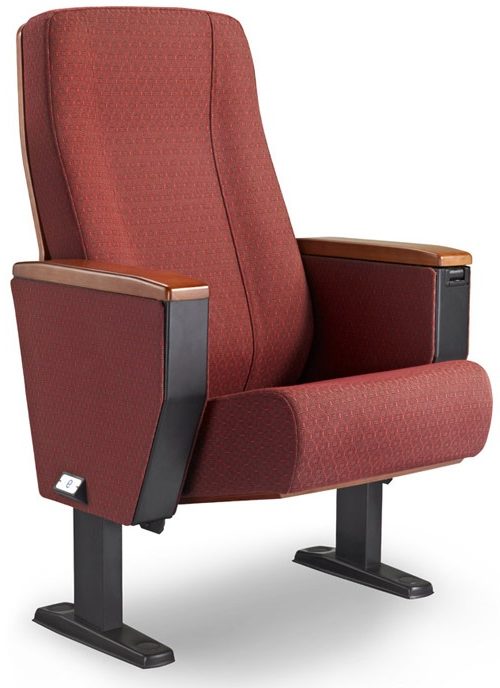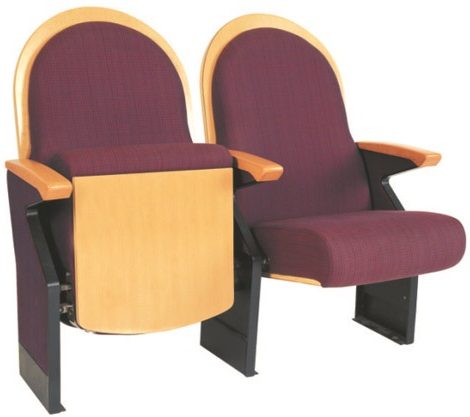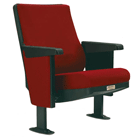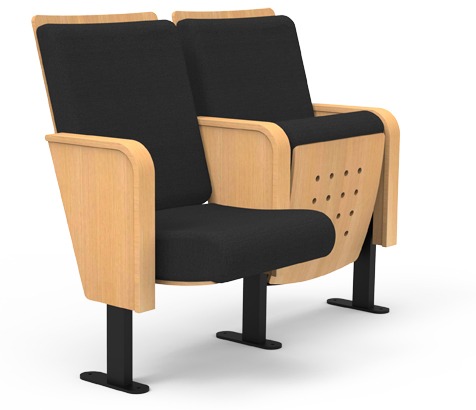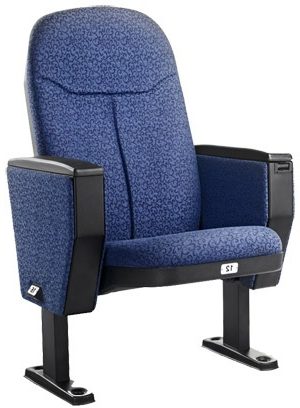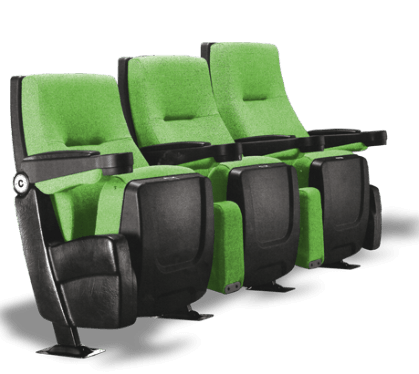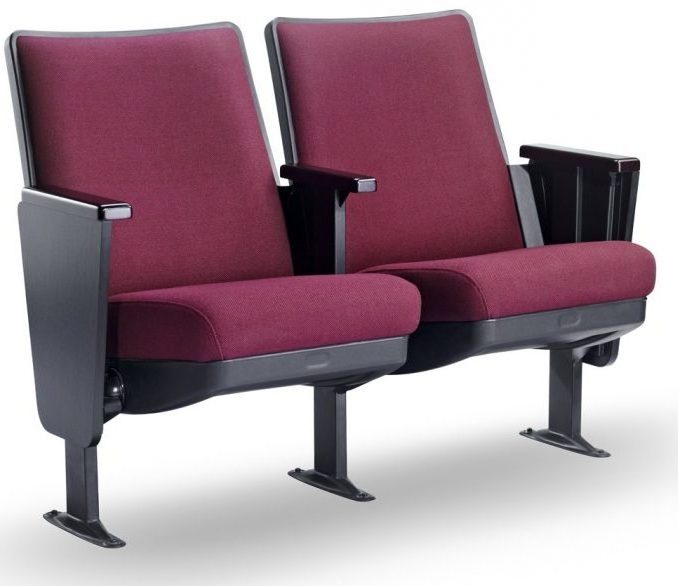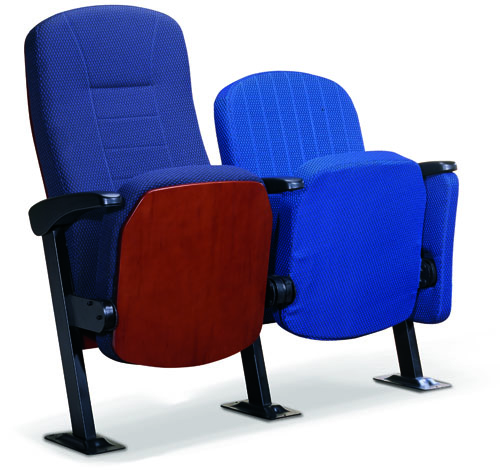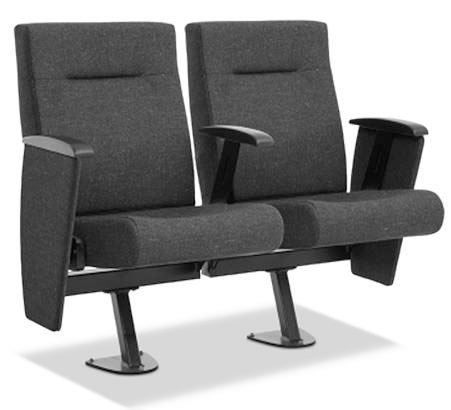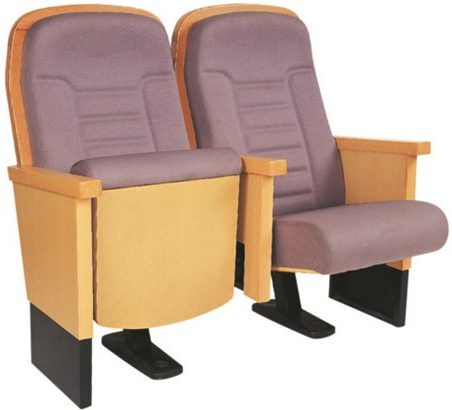When attending a religious service, one of the key elements that can greatly impact the worship experience is the seating. The design and arrangement of seats play a significant role in fostering comfort, community, and a sense of communion among the congregation. Optimal sitting spaces go beyond mere functionality; it creates an environment that promotes engagement, attentiveness, and a deep connection to the spiritual journey.
Comfort is a fundamental aspect during services. Congregants spend a significant amount of time seated during religious services, and being uncomfortable can be distracting and inhibit concentration. Optimal church seats incorporate ergonomic principles, providing support and cushioning for individuals of all ages and physical abilities. Cushioned seats, lumbar support, and ample legroom are essential features that ensure congregants can focus on the worship experience without discomfort. By prioritizing comfort, the seating arrangements create an atmosphere conducive to deep reflection, prayer, and connection with the divine.
Another important consideration is community and interaction among worshippers. A sense of unity and fellowship is fostered when congregants can see and engage with one another. Traditional pew seating, for example, promotes a communal atmosphere, as individuals sit side by side and share devotional experiences. However, it is essential to reach a balance concerning community and personal space. Optimal church seats allow for a sense of togetherness while also providing individual seating space that respects personal boundaries. This balance ensures that congregants feel connected to one another without feeling crowded or uncomfortable.
Flexibility is another key aspect because the needs of the congregation can vary depending on the type of service or event. Chairs that allow for easy reconfiguration and adaptability enables the space to be transformed to suit different styles, such as traditional services, contemporary gatherings, or special events. Flexible options, such as movable chairs or modular seat systems, offer the versatility needed to create a dynamic and inclusive worship environment. This adaptability allows for a seamless transition between different activities, fostering a sense of fluidity and engagement throughout.
In addition to comfort, community, and flexibility, aesthetics also play a significant role. The design and aesthetics of the seating should harmonize with the overall architecture and ambiance of the worship space. The use of quality materials, thoughtful craftsmanship, and attention to detail contribute to the visual appeal of sitting arrangements. When the chairs are visually appealing and complement the sacred atmosphere of the church, it enhances the experience of the service, elevating the spiritual connection and fostering a sense of reverence.
Lastly, take into consideration accessibility and inclusivity. It ensures that individuals of all abilities, including those with mobility challenges, can fully participate in the worship experience. The seat arrangements should be designed to accommodate individuals with wheelchairs, walkers, or other mobility aids, with proper spacing and accessible pathways. Inclusivity allows for the participation and engagement of all congregants, creating an environment where everyone feels valued and welcome.
Optimal seating is a vital element in creating an environment that promotes comfort, community, and a deep sense of communion. By prioritizing comfort, fostering community interaction, providing flexibility, incorporating aesthetic appeal, and ensuring accessibility, the quality of seats play a significant role in improving the praise experience for the congregation. When individuals are comfortable, connected to one another, and able to fully engage in the spiritual journey, they are more likely to experience a profound sense of connection, fulfillment, and inspiration during religious services. By carefully considering and implementing these elements, churches can create an environment where comfort and communion coexist, fostering a profound and transformative praise experience for all.



